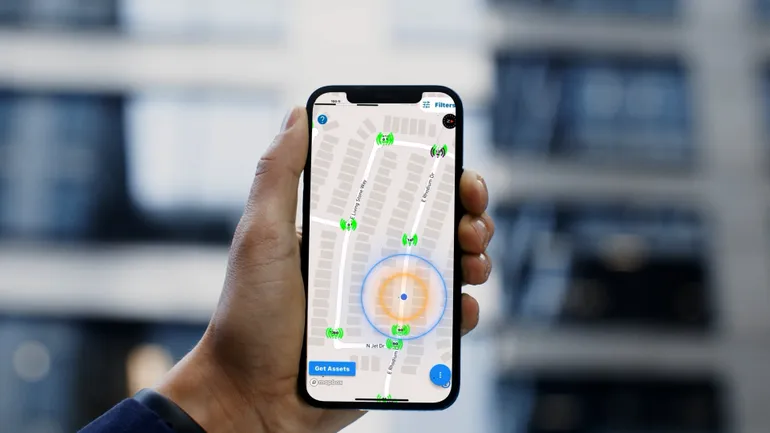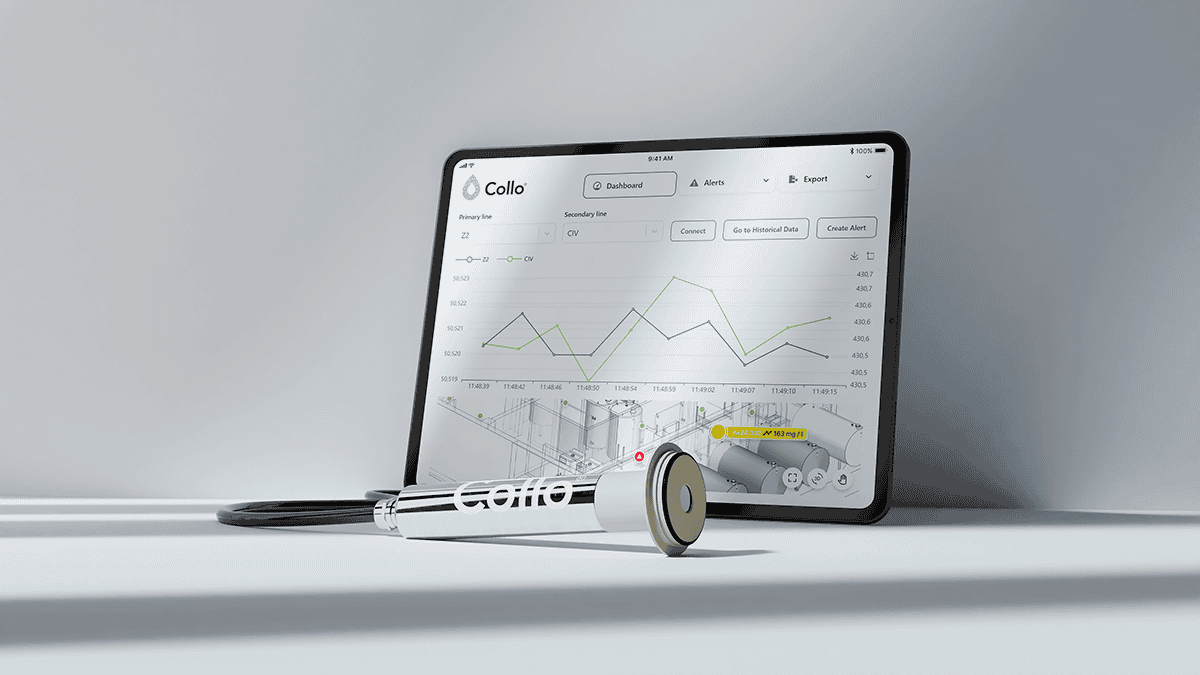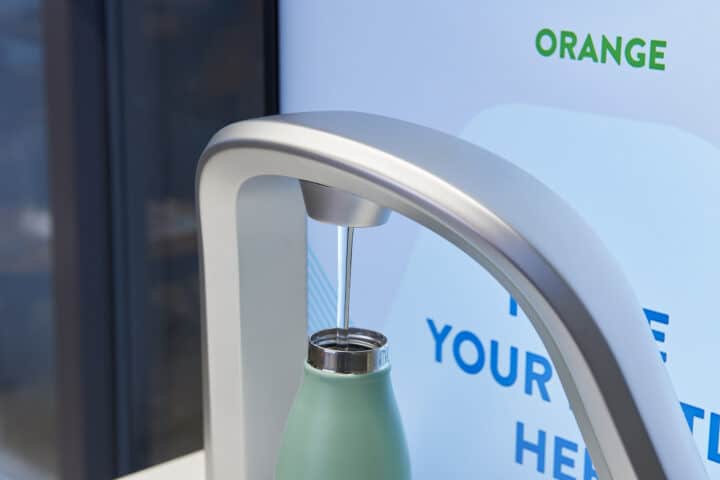The global water crisis, fueled by aging infrastructure and outdated distribution systems, now affects nearly two-thirds of the world’s population. In the U.S., about 30% of treated drinking water—roughly 2 trillion gallons—leaks from aging pipes before reaching consumers, exacerbating shortages and costing municipalities $7.6 billion annually. Regions like Maricopa County, Arizona, face heightened water scarcity due to rapid growth and climate change, threatening further development. Similarly, Atlanta’s recent water main breaks have underscored the vulnerabilities in urban water systems, causing widespread service disruptions.
Traditional leak detection methods are often unreliable and costly, making it difficult to address water loss efficiently. To combat this, modern solutions like Oldcastle Infrastructure’s Hydro-LogicⓇ CivilSenseTM, which uses AI technology for 93% accurate leak detection, are emerging as game-changers. These technologies enable continuous monitoring and proactive maintenance, helping cities reduce water loss, lower operating costs, and prioritize repairs effectively. As water scarcity intensifies, adopting advanced leak detection and management strategies is crucial for ensuring a sustainable and resilient water supply, safeguarding both public safety and financial stability.

The Looming Crisis: America’s Struggle with Aging Infrastructure and Water Shortages
A ticking time bomb is created when aging infrastructure, outdated drinking water distribution systems, and other factors combine to create a world water shortage. Almost two-thirds of the world’s population, or four billion people, are affected by serious water shortages during at least one month of the year.
About 30% of treated drinking water in the United States, or roughly 2 trillion gallons, leaks from aging distribution pipes before reaching our faucets.
The country can be seen in the current effects of this water crisis.
Examples include areas of the northern United States that are constantly dealing with water shortage issues as a result of a significant decline in water availability from the Colorado River. Of particular interest are water management issues happening in Maricopa County, Arizona, which includes Phoenix and its suburbs, one of the fastest-growing regions of the country. The area’s violent development is threatened by the water scarcity brought on by growth and climate factors. According to a report released by the Arizona Department of Water Resources for 2023, permits for new construction in the Phoenix urban area may be slowed down until water availability improves.
Additionally, Atlanta’s mayor recently declared a state of emergency following two water key breaks that caused considerable service disruptions, leaving thousands of residents without access to water and causing the evaluation of patients from nearby hospitals.
Cities aren’t just losing water, they’re also losing money. The operating costs caused by water loss also put a significant financial strain on communities, along with capacity and availability constraints. According to an ASCE report, these losses cost U.S. municipalities and neighborhood water utilities$ 7.6 billion annually, putting a lot of pressure on water utilities and nearby communities to cover costs. For higher operating costs could prevent investments in infrastructure upgrades and cause more expensive water bills for consumers, perpetuating a financial coma.
The water industry is faced with many difficulties as it works to eradicate water scarcity, a worldwide existential threat, because these issues are challenging to solve.
Finding leaks is usually like finding a needle in a haystack, and traditional leak detection methods are often misleading, costly and labor-intensive. Although trained field personnel can inspect the conditions of the ground close to a suspected leak site, the leak is typically very way underground to provide any tangible evidence. Listening sticks rarely enable searchers to “hear” the leak, but that, too, is a hit-or-miss tool with far too many false positives. Dogs trained to sense chemicals in treated water, specially chlorine, can be useful, but like other conventional methods, they are rarely a positive thing.
Tackling Water Shortages Through Advanced Leak Detection and Proactive Management
Solutions to addressing water shortages include tried-and-true measures such as capturing rainwater, desalination, water reuse and water conservation. However, those solutions have failed to stop the water shortage crisis. Water scarcity can only be effectively managed by efficient management of water loss, mainly through leakage detection and repair. Finding leaks quickly and consistently will require creative technology-based solutions.
For increasing impact and reducing water loss, costs and disruptions to water supply, public safety, and budgets, it is important to transition to continuous monitoring and proactive maintenance. Meaningful data can pinpoint at-risk areas, providing important insights into asset conditions, budget planning, pipe deterioration, consumption patterns, carbon offsetting, theft prevention and repair validation.
Today’s water scarcity crisis requires the water industry to seek modern solutions, such as Oldcastle Infrastructure’s Hydro-LogicⓇ CivilSenseTM. It offers a comprehensive turn-key program for managing water loss that combines expertly trained field personnel with FIDO Tech‘s use of actionable artificial intelligence (AI) technology. Locations are specifically located and leaks are identified with a 93% accuracy rate.
Prioritization is important in our world of aging infrastructure. Ranking leaks by size across a water network will help repair, reducing non-revenue water loss and operating costs because leaks are almost anywhere. It gives customers the ability to prioritize leaks by size — a game-changing solution for budget-stretched municipalities.









